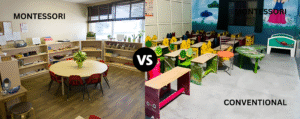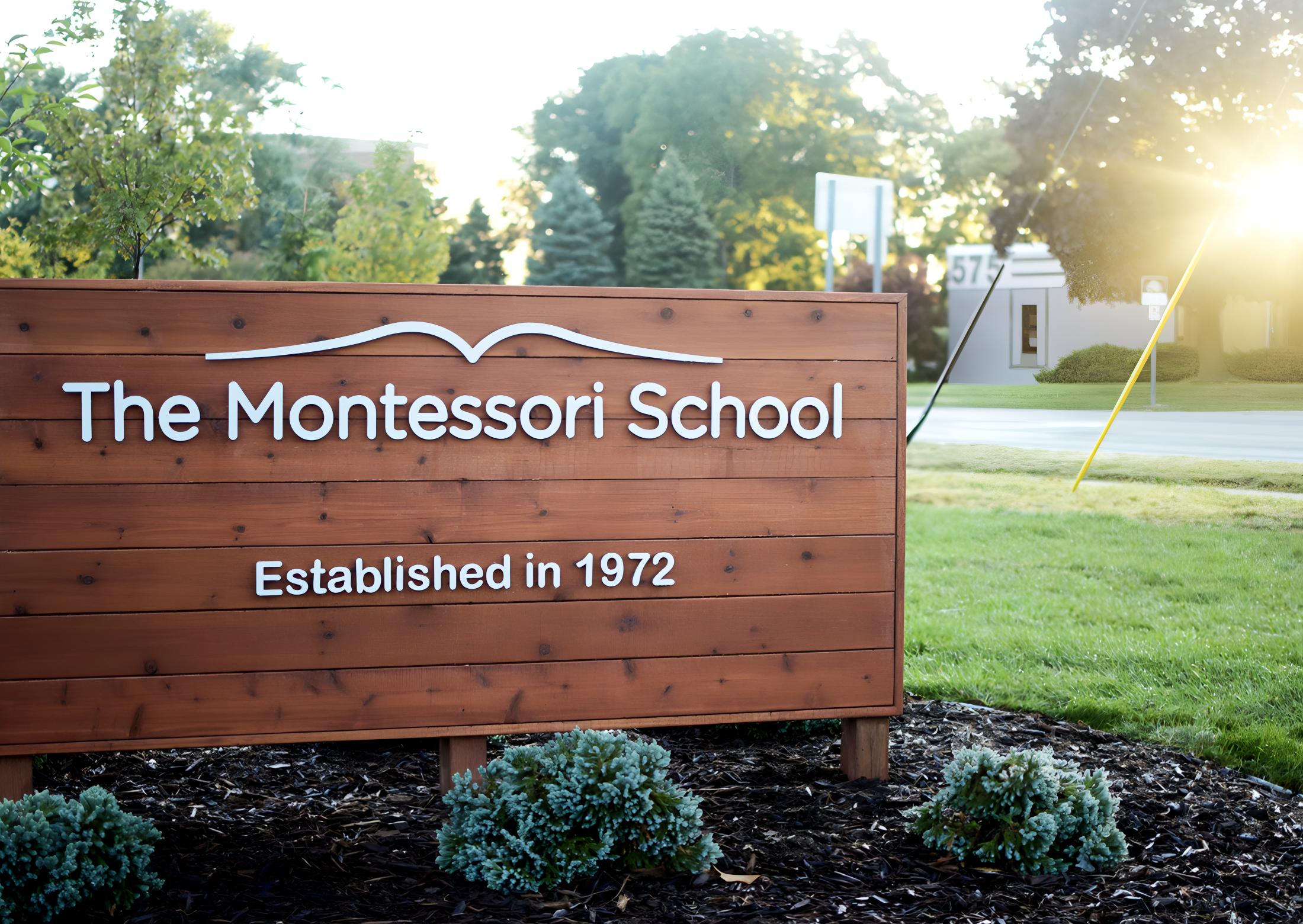In recent years, “Montessori” has become one of the most overused and misunderstood buzzwords in the education space, particularly in Nigerian urban cities. From school banners to Instagram ads, you’ll find countless institutions proudly advertising themselves as Montessori schools.
But how many of these schools actually follow the Montessori method? More importantly, how many school owners and administrators genuinely understand what Montessori education entails?
To help us make informed choices and to gently nudge a few school proprietors toward accuracy, this article explores the fundamental differences between Montessori and non-Montessori (traditional/conventional) schools.
Educational Philosophy and Approach
At the heart of Montessori education is a deep respect for the natural development of the child. Developed by Dr. Maria Montessori in 1907, the method is built on the belief that children learn best when they are free to explore and engage with their environment at their own pace.
Montessori classrooms are designed to foster independence, curiosity, and self-discipline. Children are allowed to make choices about their learning and are encouraged to take ownership of their education.
In contrast, traditional schools often rely on a standardized, teacher-directed model of education. Here, students follow a set curriculum, move through topics in a fixed order, and are expected to learn at the same pace, regardless of individual differences. The system tends to value uniformity and compliance over exploration and individual progress.
The Role of the Teacher
Another key distinction lies in the role of the teacher. In a Montessori setting, the teacher acts as a facilitator or guide, observing children and stepping in only when needed. The teacher’s job is to create a rich learning environment and then give children the freedom to explore it. This promotes critical thinking, decision-making, and intrinsic motivation.
Meanwhile, in a traditional classroom, the teacher is typically the center of attention, leading lessons, giving instructions, and determining what is taught and when. Learning becomes something that is delivered to students rather than something they actively pursue. If your child’s “Montessori” teacher spends the day lecturing 25 children from the front of the classroom, chances are they’ve missed the plot.
Classroom Environment
The physical environment of a Montessori classroom is purposefully designed to stimulate learning and independence. You’ll find open shelves, child-sized furniture, natural lighting, and materials neatly arranged within reach of the children. These environments are calm, orderly, and aesthetically pleasing, inviting children to choose and return materials independently.
By contrast, traditional classrooms often consist of rigid rows of desks, teacher podiums, and whiteboards. Children are expected to sit in one spot for extended periods while following instructions given by the teacher. The structure can feel more like preparation for an exam hall than a place of exploration.
So, if a so-called Montessori school looks like a miniature version of a secondary school, with bells, drills, and identical plastic chairs, you may want to take a closer look.

Montessori classroom vs Conventional classroom
Learning Materials and Curriculum
Montessori classrooms feature specially designed, hands-on learning materials that are unique to the method. These materials are self-correcting, multi-sensory, and allow children to engage with abstract concepts in concrete ways. The curriculum is broad and integrated, blending language, math, science, art, geography, and practical life skills seamlessly.
Traditional schools, on the other hand, rely heavily on textbooks, printed worksheets, and verbal instruction. The learning is often theoretical and centered on memorization. Success is typically measured by how well a student can reproduce information in a test.
If your child is spending most of their day filling out worksheets and copying from the board, despite the “Montessori” label on the school gate, it may be time to ask some tough questions.
Assessment and Evaluation
Montessori education takes a holistic and observational approach to assessment. Rather than giving grades or comparing students against each other, Montessori teachers track individual progress based on developmental milestones. The focus is on mastery and personal growth.
In contrast, traditional schools rely on standardized testing and numerical grading systems. Students are ranked, compared, and often pressured to achieve scores rather than true understanding. This can lead to anxiety and a fear of failure, which are foreign concepts in a genuine Montessori environment.
So Why the Confusion?
The truth is, many schools have adopted the Montessori name without adopting the Montessori method. It’s become a marketing term rather than a commitment to a philosophy. Unfortunately, some school owners simply assume that having a few puzzles and calling the teachers “guides” is enough to qualify as a Montessori institution.
Let’s be honest, if the school doesn’t employ certified Montessori educators, doesn’t follow child-led learning principles, doesn’t use Montessori materials, and doesn’t offer mixed-age classrooms, then it simply isn’t Montessori. Calling it one doesn’t make it so. It’s like opening a restaurant that serves rice and naming it “Sea Food Dining.”




